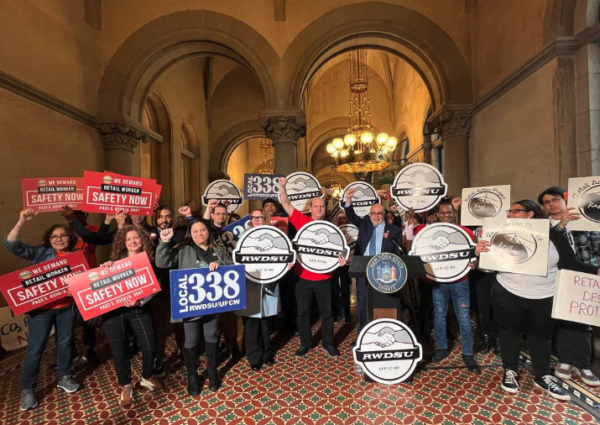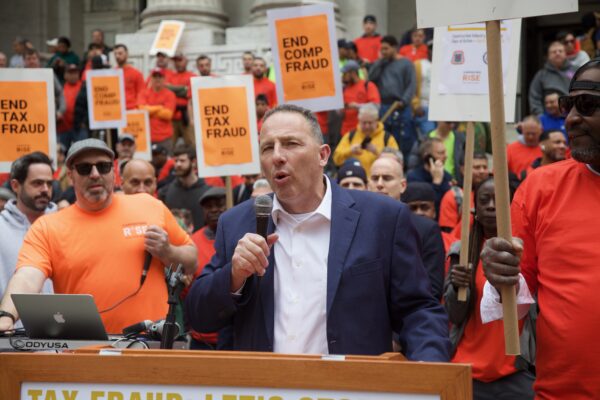August 7, 2013
By Joe Maniscalco
New York, NY – With someone turning 65 every eight seconds – and about one million more New Yorkers soon to be in need of some level of in-home care – the time to transform the city’s vital, yet deeply troubled, home care system is now, say the authors of an alarming new report just out this week. (Watch Video)
“We have a whole healthcare system in flux,” said Maya Pinto, ALIGN research analyst and author of the new “Caring Across New York City” survey.
The survey, seven months in the making, finds that despite an explosive need for motivated home healthcare workers, the numbers of well-trained individuals dedicated to providing care is dwindling due to a number of different factors ranging from poor compensation to lack of career advancement.
Of those surveyed, 38 percent currently receiving home care described the quality of that service to be “very poor,” “poor,” or “fair.” Meanwhile, 27 percent of formal sector home care workers and 38 percent of domestic workers surveyed said that their annual household income is under $15,000.
“We undertook the survey project because we wanted to bring together home care workers and people who receive care, to build consensus for their needs,” Pinto said. “Ultimately, for people to receive high quality care, the job needs to be of high quality.”
NYC's home care system currently employs 155,000 formal sector home care workers and an increasing number of the town's 120,000 to 240,000 domestic workers. Astonishingly, according to the “Caring” survey, the system will soon become the city’s single biggest driver of employment.
“I think one of the most important things about this report and this campaign, is really about making this system visible,” said Helen Schaub, New York policy and legislative director of 1199 SEIU United Healthcare Workers East. “You have workers in individual houses, caring for individuals. It is not seen as an infrastructure the same way that building a hospital or building a nursing home is seen as a care infrastructure. But, of course, it is.”
In NYC – where he bulk of home care is administered through Medicaid which then sub-contracts out to different agencies – tens of thousands of home care workers operate without the benefit of union representation.
“Many of the home care workers in New York are unionized, and are members of unions like the Services Employees International Union (SEIU), who really fought and won wage standards for home care workers and health care benefits, etc,” said Pinto. “But in terms of the non-union workers and other domestic workers, there’s a lot of work that remains to be done to raise standards.”
Some argue that the state, under Governor Andrew Cuomo, isn’t helping the situation by moving to managed care, cutting two percent out of the home care system and negatively impacting workers’ wages, pensions and health benefits in the process.
“Even the clients that are being serviced by the home care workers are having their hours cut,” said Emily Moye, director of Home Care for Local 389.
Said Pinto, “It’s difficult, with managed longterm care coming into the picture. The industry’s changing a bit, so in the next couple of years, I think a lot of unions will be figuring out their organizing strategy. But hopefully, we’ll see one-hundred percent unionization in the years to come.”
Despite the challenges that Medicaid redesign, the rollout of the Affordable Healthcare Act and the continued dearth of good jobs presents, Pinto is cautiously optimistic about the opportunities for change in NYC.
"We have a new mayor coming in who will be setting a new agenda, and so it’s really a good time to reshape the home care system and transform it into one that meets the needs of all New Yorkers,” Pinto said.



